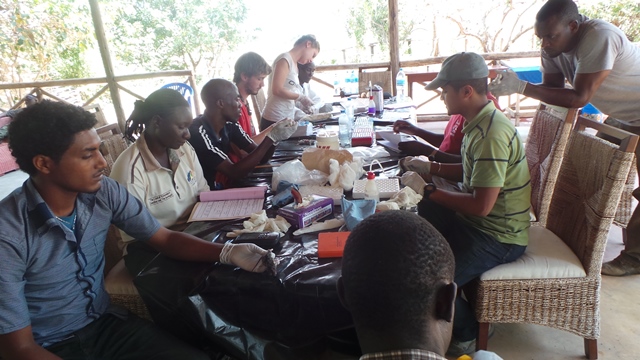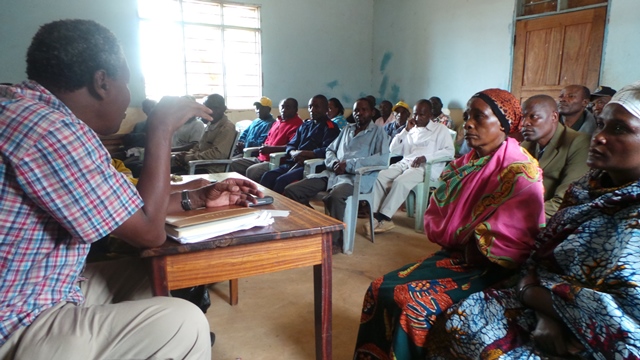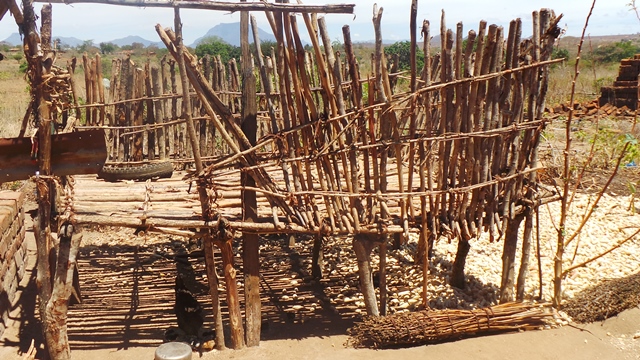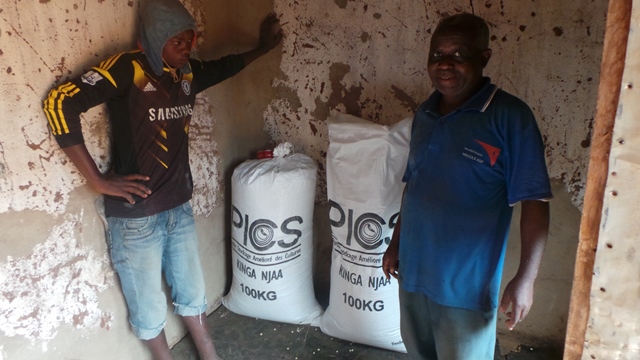The StopRats project in Tanzania is hosted by Sokoine University of Agriculture (SUA) Pest Management Centre (SPMC). The SPMC was established by a decision of the SUA Council in 2000. The predecessor of the SPMC was the Rodent Research Unit, which was mainly conducting research on the ecology, taxonomy, management and public health issues involving rodents. With the establishment of the SPMC, its roles and responsibilities increased and diversified to include not only research on small mammals, but also invertebrates and microbial pests.
The SPMC focuses its research activity on important pests of agricultural crops, forests, animals and humans. The SPMC has a major priority of training pest management research scientists with the ultimate goal to achieve expertise in pest biology and management. The involvement of the SPMC in research on rodents has been exemplary, which has led to a large number of publications in this field by the staff and their collaborating partners, both local and international. Recent research focus includes ecologically-based rodent pest management, phylogeny and ecology of arenaviruses, epidemiology and ecology of plague and fertility control using contraceptives as a new innovation for management of outbreaks of Mastomys natalensis in Africa. The StopRats project is one of the 7 major research projects with multi-national partners implemented at the SPMC in the last 15 years. In Tanzania, the StopRats project activities involve training of farmers on ecologically-based rodent pest management, seminars with stakeholders who are directly involved in pest management in their communities in different parts of Tanzania (e.g. agronomists) and conducting trials on specific technologies which can be used to reduce the impact of rodents on rural communities. Recent trials involved the evaluation of hermetically sealed bags against rodents attack on stored maize and use of rodent repellents to keep rodents away from houses.
StopRats Project activities are coordinated by a Project Leader, Prof. Rhodes H. Makundi (Research Gate) & Google Scholar) assisted by Prof. Apia W. Massawe (Google Scholar) and Loth L.S. Mulungu (Google Scholar).





